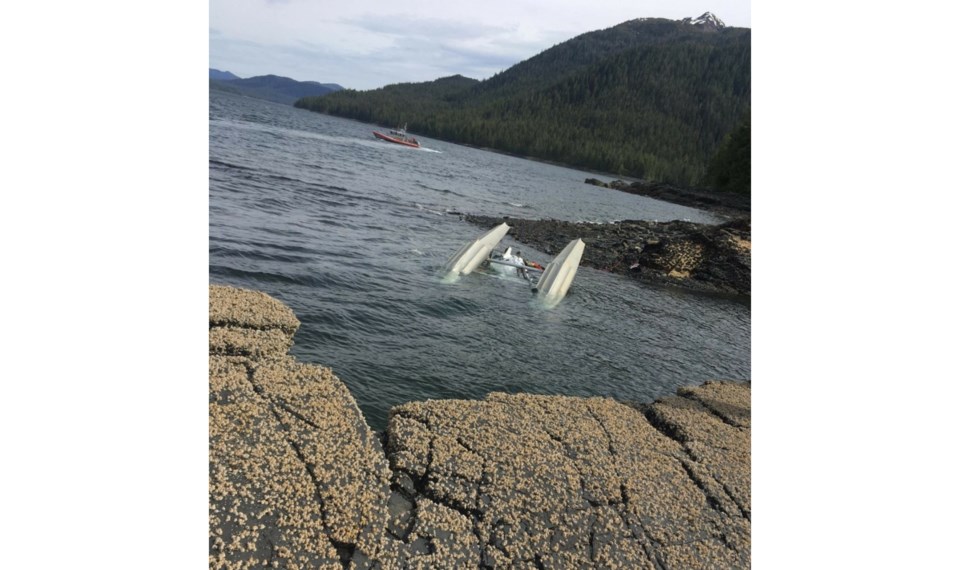A mid-air collision in Alaska two years ago, which killed a Richmond woman and five others, happened because the two pilots couldn’t see each other, according to the findings of a U.S. National Transportation Safety Board (NTSB) investigation.
The two floatplanes, a de Havilland DHC-2 Beaver operated by Mountain Air and a de Havilland DHC-3 Otter operated by Taquan Air, were on sightseeing flights when they collided near Ketchikan, Alaska at an altitude of more than 1,000 metres in May 2019.
All five people aboard the Beaver died, including 37-year-old Elsa Wilk, who was from Richmond, and her husband Ryan Wilk, 39. One passenger aboard the Otter died and nine were seriously injured, while the pilot suffered minor injuries.
“Our investigation revealed that it was unlikely that these two experienced pilots could have seen the other airplane in time to avoid this tragic outcome,” said Robert L. Sumwalt, NTSB chairman.
The board met virtually last week to determine the probable cause of the crash.
The collision highlights the limitations of the “see-and-avoid” concept – avoiding other planes by watching out for them – according to the NTSB.
The NTSB conducted a cockpit visibility study, using 3D laser scans of the cockpits of the two planes, passenger photos, and data recorded by the planes including flight track data.
Investigators found the pilot of the Beaver wouldn’t have been able to see and avoid the Otter, which was approaching from the right towards a waterfall, because “his view was obscured by the cockpit structure, right wing and a passenger in the co-pilot’s seat.”
Meanwhile, the Otter pilot was unable to see the Beaver on his left, as his view was obscured by a window post for 11 seconds before the collision.
Both planes were also equipped with systems that track other planes, however, these weren’t working properly and didn’t issue alerts, which also contributed to the crash, according to the NTSB.
“There’s technology available to alert pilots to a collision risk when the see-and-avoid concept fails them,” said Sumwalt. “But there were no alerts. A safety management system might have identified and mitigated the various risks associated with the limitations of the traffic display systems on each airplane.”
The NTSB also issued several safety recommendations during the board meeting, for example, that the US Federal Aviation Administration require planes operating in high-traffic tour areas broadcast their locations to other planes.
- With files from Alan Campbell and Alyse Kotyk



